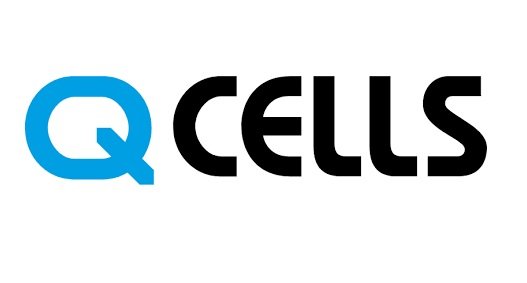Hanwha explains plans for fully U.S.-based solar supply chain

The last few years have revealed the vulnerabilities in the global solar supply chain, and the uncertainties continue to pile up, like the WRO and the AD/CVD petitions. Building a domestic supply chain would be great, but meaningful climate legislation and the extension of the ITC remain in political limbo. Even one of the bigger PV providers with a U.S. facility, LG Solar, is exiting the industry.
South Korea’s Hanwha Solutions, provider of Q CELLS, which operates a large module production plant in the United States and is the No. 1 module supplier in the U.S. residential and C&I solar markets, has plans to fill this void. This week, Hanwha announced plans for a multi-billion-dollar investment across the full solar value chain from polysilicon to solar modules.
“Our commitment to the U.S. is more serious than ever before,” said Justin Lee, CEO of Q CELLS. “We plan to make investments to secure capabilities across the entire solar supply chain, with the goal of supplying our partners with Made-in-America products that will help the U.S. regain its leadership in clean energy solutions.”
Polysilicon plans
For starters, Hanwha has become the largest shareholder of REC Silicon, a U.S. manufacturer of polysilicon, the key raw material used to produce solar panels that is the subject of forced labor controversies tied to the WRO.
Following its initial $160 million acquisition to acquire a 16.67 percent stake in REC Silicon in January 2022, Hanwha will now become the largest shareholder of REC Silicon by acquiring an additional 4.67 percent stake from Aker Horizons. The deal is valued at around $44 million.
REC Silicon operates two polysilicon manufacturing facilities in the US: Moses Lake, Washington and Butte, Montana. Their combined annual production capacity totals 18,000 metric tons (MT), including 16,000 MT of granular, solar grade polysilicon at Moses Lake, and 2,000 MT of electronic grade polysilicon at Butte.
Using hydropower-based clean energy, REC Silicon produces low-carbon polysilicon without emitting greenhouse gases. A cleaner polysilicon could be a bigger deal when buyers start to scrutinize carbon footprints of the full PV system, as we’ve reported previously.
“We imagine a Moses Lake factory brought back to life with local workers clocking in and operating the plant,” said a Hanwha spokesperson, referring to the currently idle REC factory, which is planned to reopen in 2023. “Together with our module factory in Georgia and new planned investments, we will fulfill our pledge to create quality clean energy manufacturing jobs across the United States.”
Q CELLS’s Georgia-based factory can already produce 1.7 GW of solar modules per year, accounting for nearly 20 percent of total module production capacity in the United States.
About that stalled solar legislation…
Crucial to achieving this goal though, according to Hanwha, is stalled Solar Energy Manufacturing for America (SEMA) bill, which would creative incentives and certainty to help really see this vision through. Because Q CELLS’ PV production is still one piece of a much bigger solar PV system puzzle.
The SEMA Coalition, representing American solar manufacturers supporting the legislation, said that the bill would add more than 30 GW to domestic solar manufacturing capacity in the U.S. by 2025, creating 18,000 direct and 60,000 indirect manufacturing jobs.
“Enacting SEMA is key to fulfilling our pledge to rebuild the U.S. solar supply chain with fully Made-in-America products,” said the Hanwha Solutions spokesperson. “With a long-term plan to support domestic solar manufacturing, we can help America lead the clean energy revolution and win the fight against climate change.”





Comments are closed here.